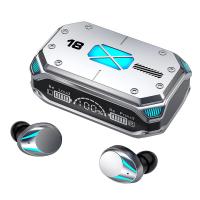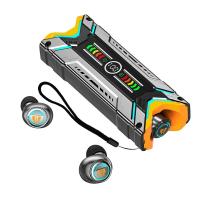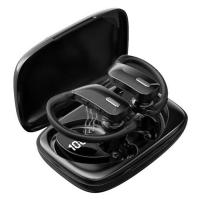How To Put Earbuds In Your Ear?
Earbuds have become an essential accessory for many people, whether for listening to music, taking calls, or enjoying podcasts. However, not everyone finds it intuitive to put them in correctly, which can lead to discomfort or poor sound quality. In this article, we will explore the best practices for inserting earbuds into your ears, ensuring a comfortable fit and optimal audio experience. We will also address common issues and provide solutions to enhance your overall earbud experience.
Understanding Earbud Types

Before diving into the specifics of how to insert earbuds, it's important to understand that there are different types of earbuds, each with its own design and insertion method. The two main types are:
1. In-Ear Monitors (IEMs): These earbuds are designed to fit snugly inside the ear canal, providing excellent noise isolation and sound quality.
2. Earbuds: These rest on the outer ear and do not penetrate the ear canal as deeply as IEMs. They are generally more comfortable for extended wear but may not offer the same level of noise isolation.
Step-by-Step Guide to Inserting Earbuds
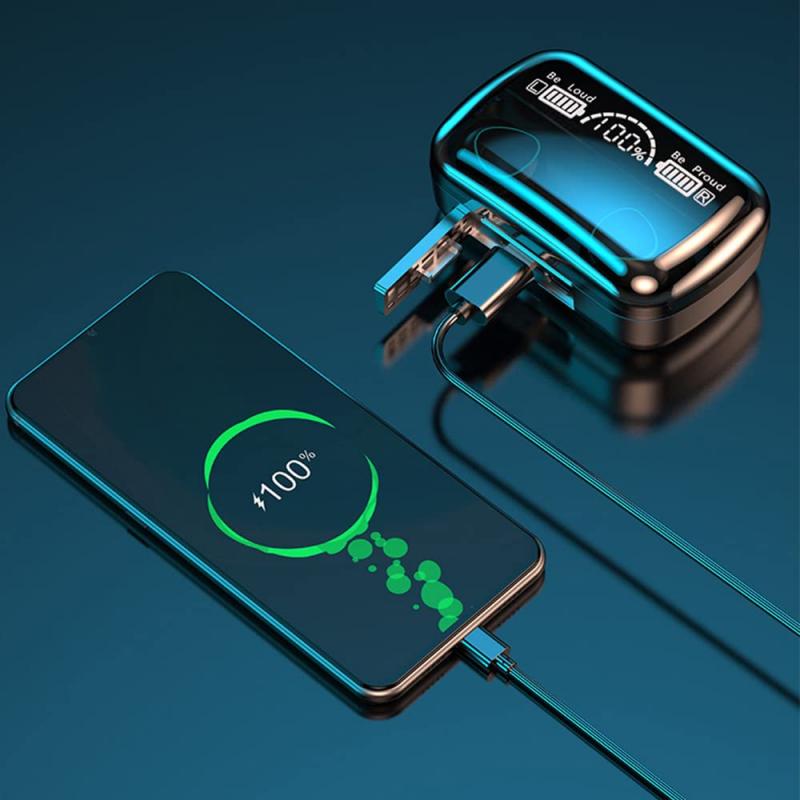
Step 1: Choose the Right Ear Tips

Most in-ear monitors come with multiple sizes of ear tips (small, medium, large). Choosing the right size is crucial for comfort and sound quality. If the ear tips are too small, they won't seal properly, leading to poor bass response and external noise leakage. If they are too large, they can cause discomfort and even pain.
- Test Different Sizes: Try each size to see which one fits snugly without causing discomfort.
- Material Matters: Ear tips come in various materials like silicone, foam, and rubber. Foam tips often provide the best seal and comfort but may wear out faster than silicone or rubber.
Step 2: Clean Your Ears and Earbuds
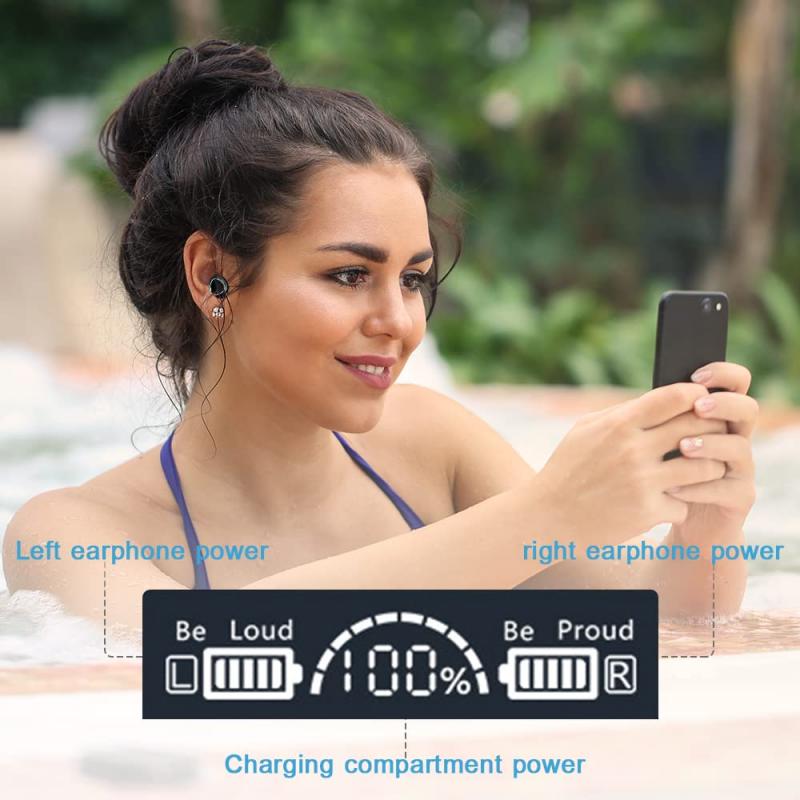
Clean ears and earbuds are essential for hygiene and sound quality. Earwax buildup can affect the fit and performance of your earbuds.
- Clean Your Ears: Use a damp cloth or a cotton swab to gently clean your ears. Avoid inserting anything deep into the ear canal.
- Clean Your Earbuds: Wipe the ear tips and the body of the earbuds with a soft, damp cloth. For deeper cleaning, you can use a small brush or a specialized earbud cleaning tool.
Step 3: Insert the Earbuds
Now that you have the right ear tips and clean ears, it's time to insert the earbuds.
- Hold the Earbuds Properly: Hold the earbud with the tip facing upwards and the wire (if any) hanging down.
- Pull Back Your Ear: Use your opposite hand to gently pull back the top of your ear. This straightens the ear canal, making it easier to insert the earbud.
- Insert the Earbud: Gently push the earbud into your ear canal. You should feel a slight resistance as the ear tip creates a seal. Do not force it in, as this can cause discomfort or damage.
- Adjust for Comfort: Once inserted, you can twist the earbud slightly to find the most comfortable and secure position.
Step 4: Test the Fit
After inserting the earbuds, it's important to test the fit to ensure they are secure and comfortable.
- Shake Your Head: Gently shake your head to see if the earbuds stay in place. If they fall out, you may need to try a different size or adjust the insertion angle.
- Check the Seal: Play some music or a podcast to check the sound quality. If you hear a lot of external noise or the bass is weak, the seal may not be tight enough.
Common Issues and Solutions
Even with the best practices, you may encounter some common issues when using earbuds. Here are some solutions:
Issue 1: Earbuds Keep Falling Out
- Solution: Try a different size or type of ear tip. Foam tips often provide a better seal and grip than silicone or rubber tips. You can also try ear hooks or wings that attach to the earbuds for added stability.
Issue 2: Discomfort or Pain
- Solution: Ensure you are using the correct size ear tips. If discomfort persists, try ear tips made from a different material, such as memory foam. Also, avoid inserting the earbuds too deeply.
Issue 3: Poor Sound Quality
- Solution: Check the seal of the ear tips. A poor seal can lead to weak bass and increased external noise. Clean your earbuds regularly to remove any earwax buildup that may affect sound quality.
Issue 4: Earbuds Cause Ear Infections
- Solution: Maintain good hygiene by cleaning your earbuds regularly and avoiding sharing them with others. If you experience frequent ear infections, consider using over-ear headphones instead.
Tips for Prolonged Use
Using earbuds for extended periods can sometimes lead to discomfort or hearing issues. Here are some tips to ensure a safe and comfortable experience:
- Take Breaks: Give your ears a break every hour to prevent fatigue and potential hearing damage.
- Keep Volume Moderate: Listening at high volumes for extended periods can cause hearing loss. Keep the volume at a moderate level.
- Use Noise-Canceling Features: If your earbuds have noise-canceling features, use them to reduce the need for higher volumes in noisy environments.
Inserting earbuds correctly is essential for comfort, sound quality, and overall ear health. By choosing the right ear tips, maintaining good hygiene, and following the proper insertion techniques, you can enjoy a superior audio experience. Remember to address any common issues promptly and take breaks during prolonged use to protect your hearing. With these tips, you'll be well on your way to mastering the art of using earbuds effectively.


